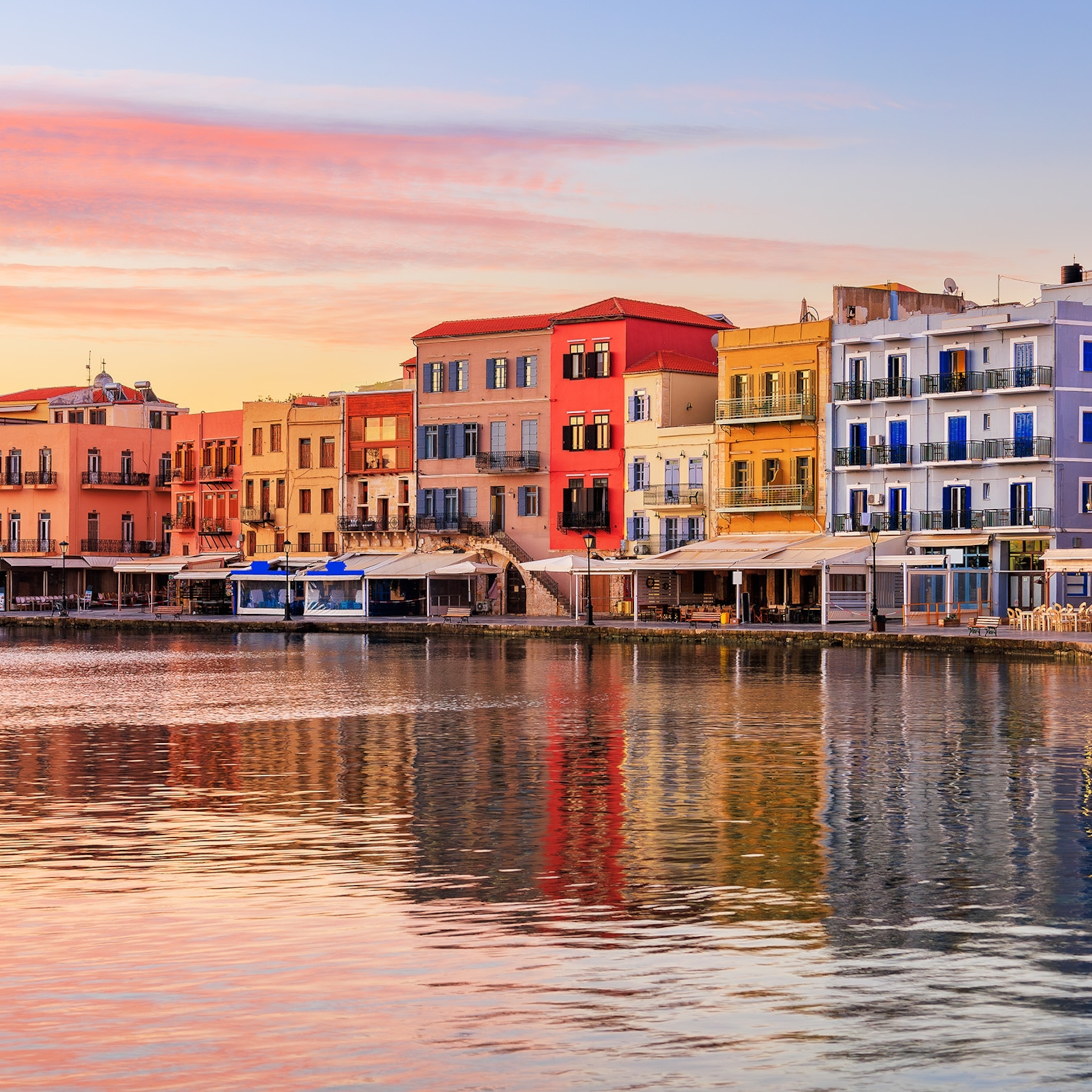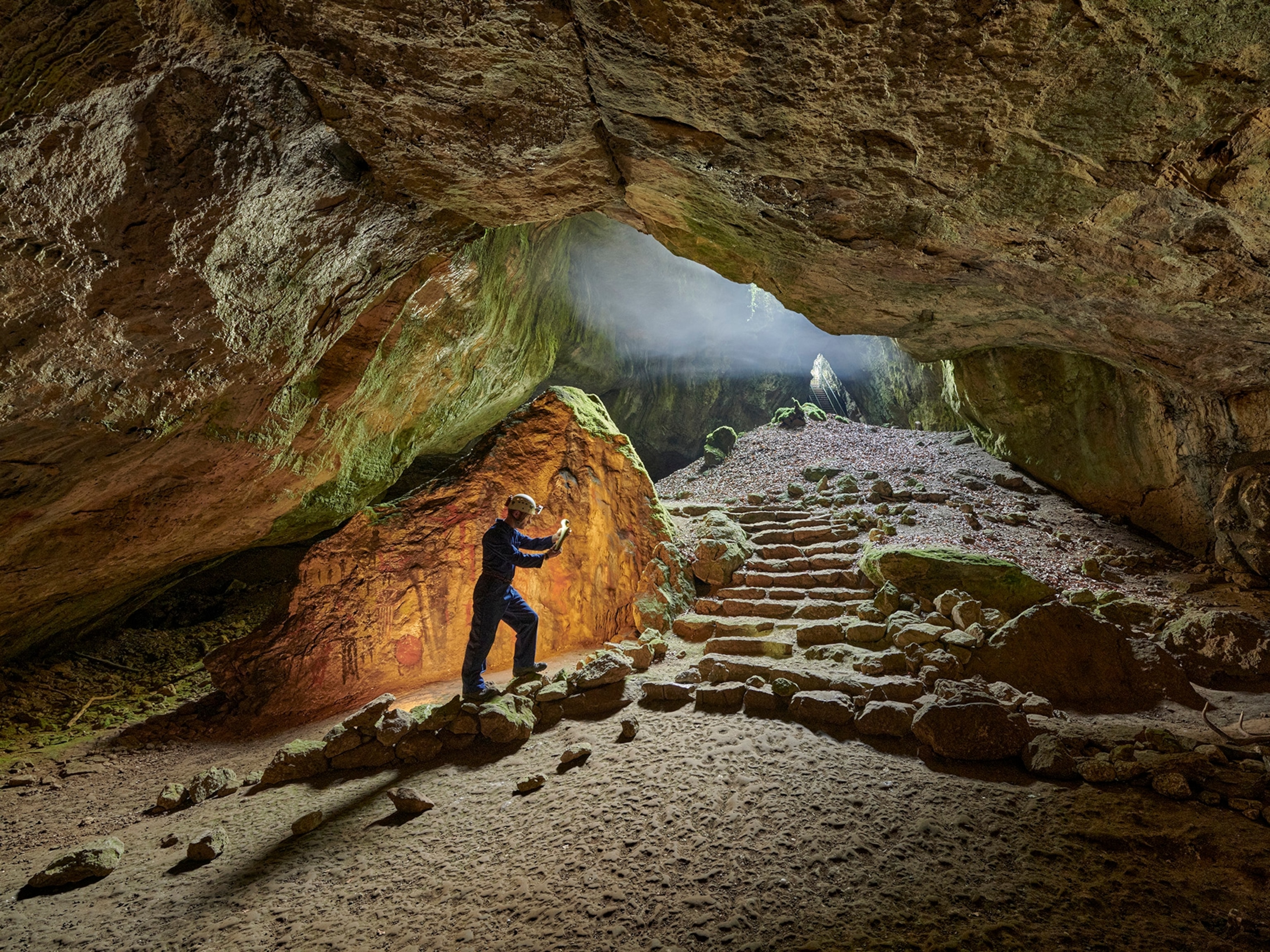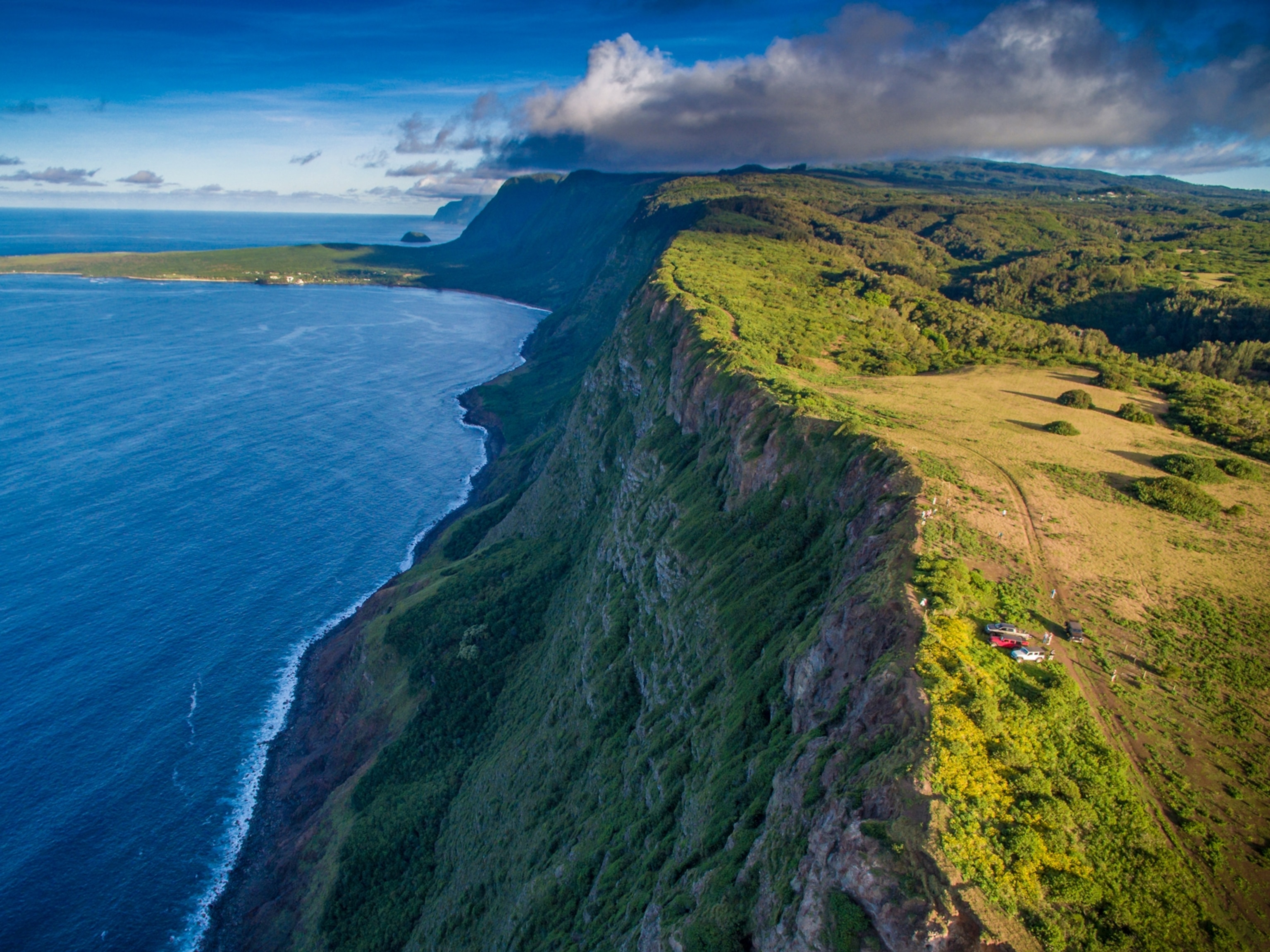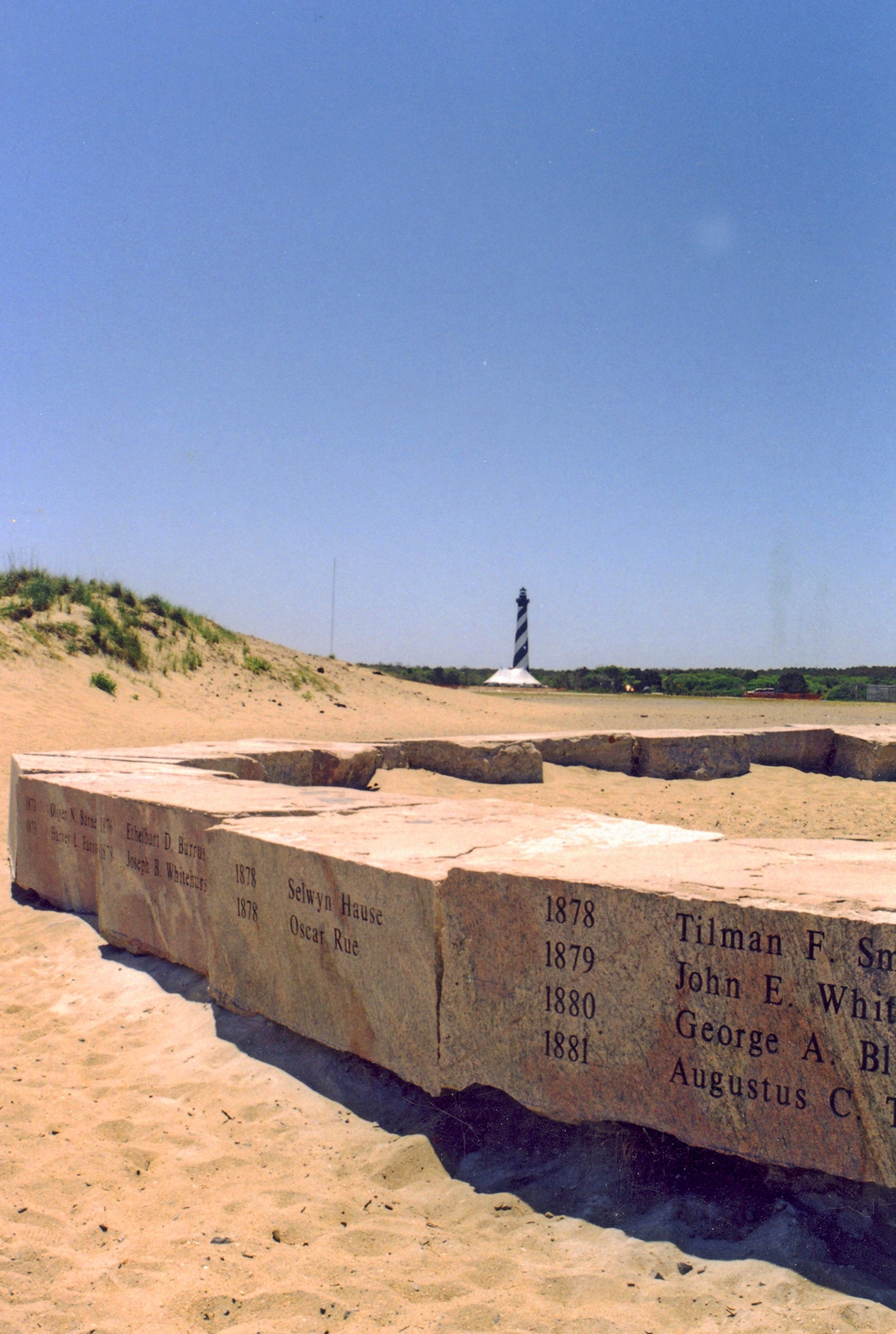
Can an Iconic Lighthouse Site Be Saved From the Sea?
Preservationists fight eroding shores on the Outer Banks.
An icy, slashing wind was whipping across Cape Hatteras, North Carolina, on a recent February morning when Dawn Farrow Taylor stood near a sand-covered pile of large granite slabs. Those stones had once supported one of the world's most famous lighthouses, but Taylor was not a curious tourist braving a winter storm for a glimpse of history.
To her and many other natives of North Carolina's picturesque Outer Banks, this is sacred ground.
It is ground that is slowly disappearing. That's why Taylor, who is descended from lighthouse keepers on both sides of her family, and others want the granite slabs moved before they're claimed by the Atlantic Ocean. National Park Service officials say they might be able to accomplish that task later this year. The park service moved the lighthouse tower in 1999 before it could tumble into the ocean.
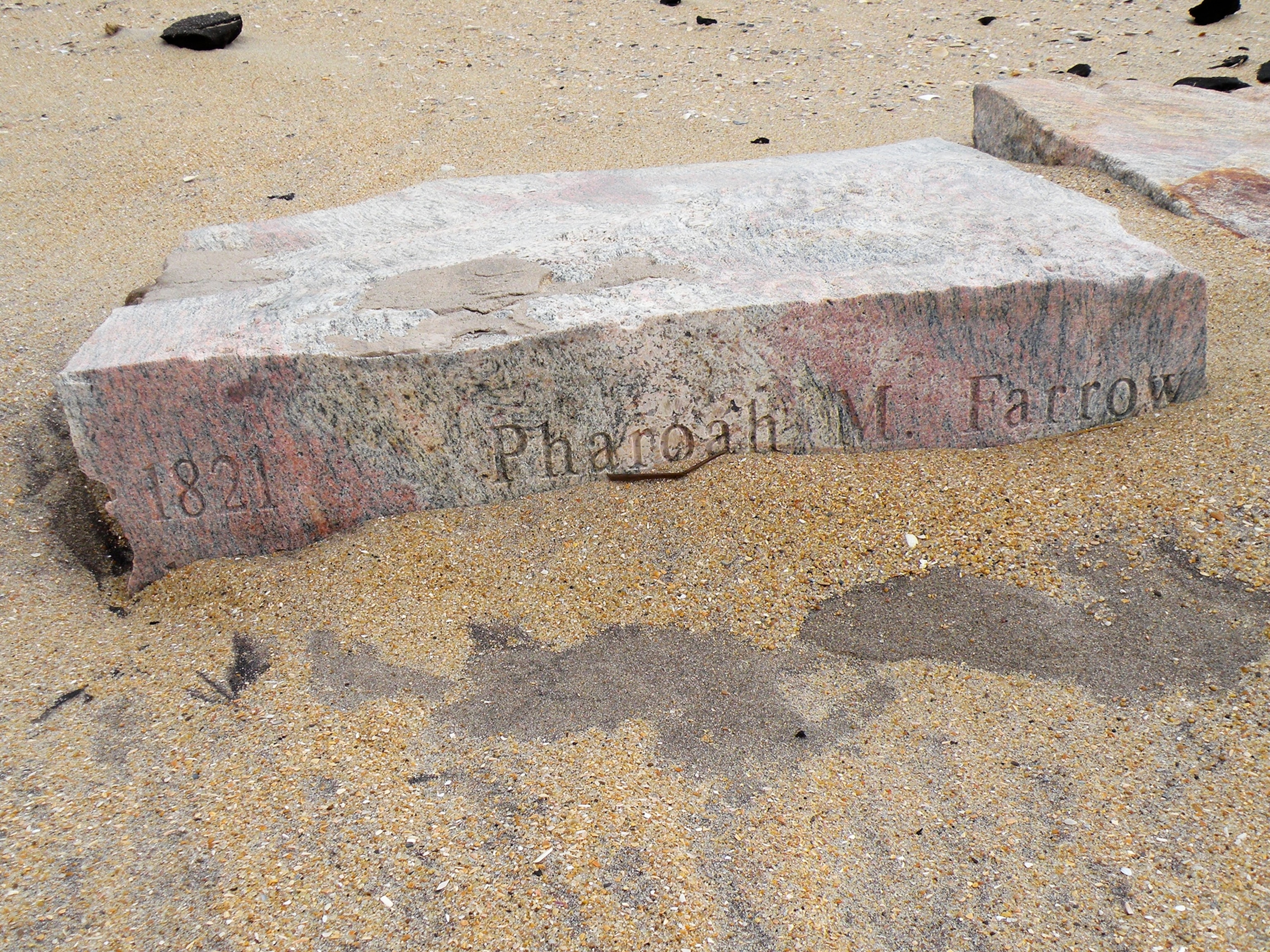
Some of Taylor's ancestors maintained the light atop the Cape Hatteras Lighthouse. During most of the 19th and much of the 20th centuries, the iconic beacon kept ships off the treacherous Diamond Shoals as mariners carefully picked their way through the infamous "Graveyard of the Atlantic" near the North Carolina coast, where many ships wrecked. But the advent of modern navigation technology has reduced the importance of the lighthouse's guiding beacon.
The lighthouse gained notoriety due to its height—at more than 200 feet (61 meters), it was the world's tallest brick structure when it was built—and the deadly danger Cape Hatteras posed to mariners. In addition to the shoals, two powerful ocean currents—the cool Labrador Current flowing southward and the warm Gulf Stream flowing northward—meet just off the cape. This clash of currents and shifting shoals can create large waves and impossible conditions for mariners. Hundreds of ships, including the famous Civil War warship the U.S.S. Monitor, have gone down off Cape Hatteras.
"It's been said in various ways that this is America's lighthouse," said Kevin Duffus, a Raleigh, North Carolina, author who has written extensively about the lighthouse.
"It's an icon," said Duffus. "It was placed at the cape because that was the focal point of so much disaster and suffering and loss of life. It was built as a way to say that the U.S. government cares about mariners and is there to protect human life offshore, more so than any other lighthouse in America."
Moving a Monument

But over time the sea steadily gnawed away at the cape and crept ever closer to the lighthouse. The distance between the surf and the lighthouse was reduced from about 1,500 feet (457 meters) when it was built in 1870 to 120 feet (37 meters) in 1999. The National Park Service accomplished a spectacular engineering feat in September 1999 when the candy-striped lighthouse was moved about half a mile inland.
After the move, the Outer Banks Lighthouse Society had the 36 foundation stones engraved with the names of the 83 keepers and assistant keepers who worked at the Cape Hatteras Lighthouse, including those who manned an earlier lighthouse that was completed in 1803. The engravings on the slabs were intended as a permanent monument to the brave, resourceful men who kept the seas safe.
The names on the stones—Gaskins, Farrow, Jennett, Fulcher, Midgett, Whedbee—are from some of the oldest families on the barrier islands.
"It's not just stones," Taylor said. "It's a monument to our families."
Bett Padgett, president of the Outer Banks Lighthouse Society, said Hurricane Sandy sent seawater over the slabs and left them covered with sand as it churned past Cape Hatteras in October 2012. Other hurricanes also have moved the stones as they have roared past the cape, which juts out into the Atlantic like the tip of a bird's beak.
Taylor fears the next storm will put the site permanently underwater. "I wish that the stones could stay where they are, but they can't," she said.
Tim Harrison, editor of Lighthouse Digest magazine, agrees.
"The only way they can be saved is to have them moved," he said. "It's not the same as having them at the original location, but there's no way they can be saved at the original site."
Taylor and others—including the office of U.S. Representative Walter Jones of North Carolina—are working on a plan with the National Park Service to move the foundation stones nearer to the relocated lighthouse. Cyndy Holda, public affairs specialist for Cape Hatteras National Seashore, said money is available for the move in the park's budget.
Park Superintendent Barclay Trimble said he didn't have a cost estimate yet. Park staff and heavy equipment will be used to move the stones, and Trimble said he'd like to have the work done before the peak of this summer's tourist season.
Padgett, the Outer Banks Lighthouse Society president, fears that in the coming years lighthouses will face even bigger threats than erosion. "They're all going to be endangered in a hundred years from the rise of sea level," she said.
A History of Saving Ships
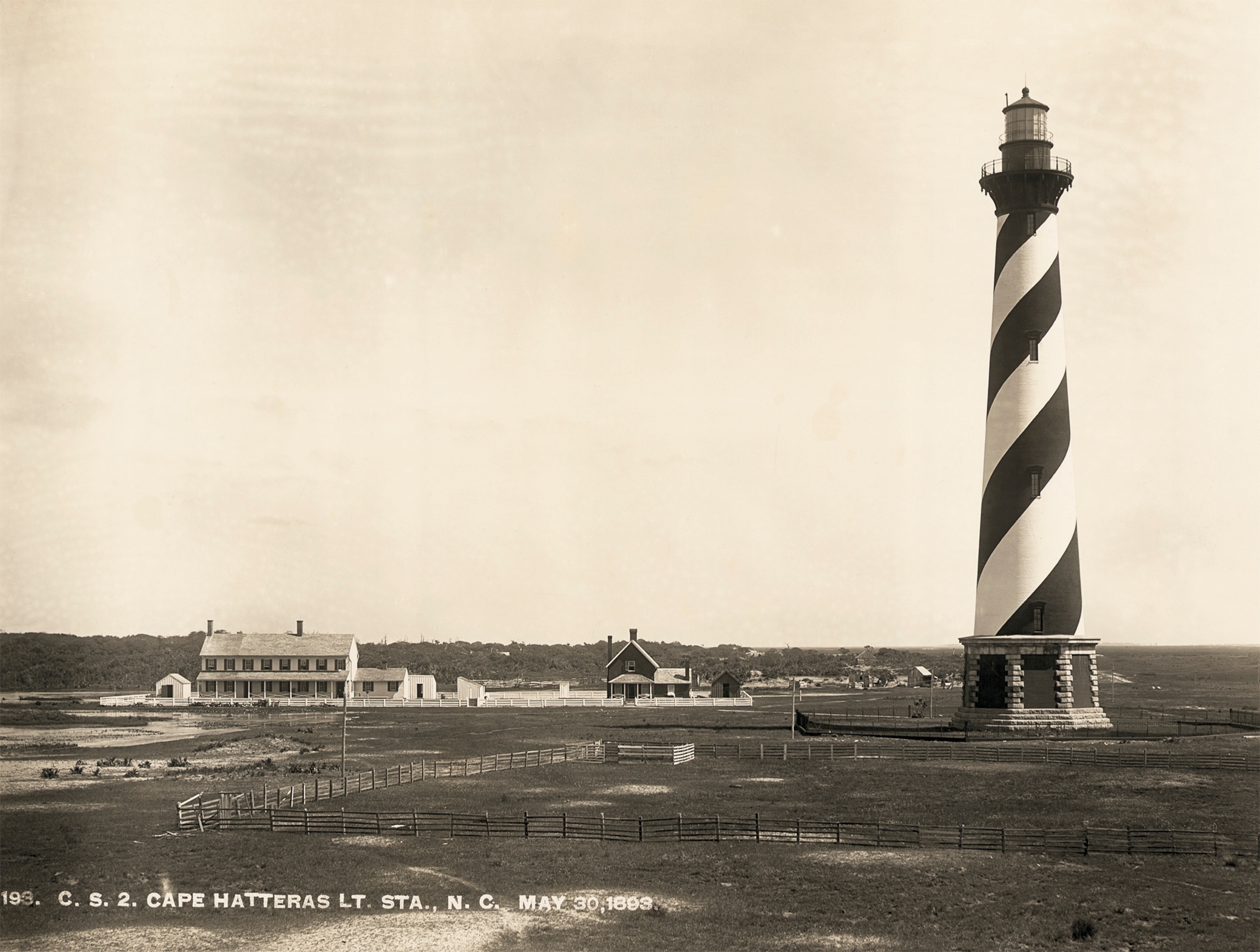
The first lighthouse at Cape Hatteras went into service in 1803. The octagonal tower was about 150 feet (46 meters) tall, and its beacon could be seen from about 12 to 15 miles (19 to 24 kilometers) out to sea.
But the deadly Diamond Shoals—so shallow in some places that a man standing on them would still have his head above water—extend about 12 miles out from the shore. That first lighthouse didn't leave much room for error, especially since ships stayed close to the shoreline in the days before modern navigation instruments.
A taller and more powerful light was built after the Civil War, and the original lighthouse was demolished. Dexter Stetson, the engineer for the 1870 construction project, had to figure out how to support a tower built on the constantly shifting sands of the Outer Banks.
Stetson solved the engineering problem by laying pine timbers beneath the surface of the sands, and then carefully stacking slabs of granite on top of the timbers. When the foundation was inspected nearly a century later, it was as solid as the day the last slab was laid into place.
The powerful new beacon could be seen from 22 miles (35 kilometers) away, greatly increasing the safety margin for passing ships.
Many Endangered Lighthouses
While the Cape Hatteras Lighthouse has been preserved for future generations, other historic lighthouses around the U.S. could eventually be lost to erosion or structural deterioration. Harrison, the Lighthouse Digest editor, said there once were 3,000 lighthouses in the U.S. Only about 600 remain.
Lighthouse Digest has published a so-called Doomsday List of 45 endangered lighthouses in the U.S. and Puerto Rico. One of the most prominent endangered structures is the historic Gay Head Lighthouse, built on cliffs overlooking the Atlantic on the western shore of Martha's Vineyard in Massachusetts.
A lighthouse there has been guiding mariners into Vineyard Sound since 1796, but the cliffs have been steadily eroding since then. The brick tower housing the third Gay Head Lighthouse went into service in 1856.
The Save the Gay Head Lighthouse Committee in Aquinnah, Massachusetts, is trying to raise $3 million to move the lighthouse into the village. Engineers have determined that they will need at least 30 to 40 feet (9 to 12 meters) of solid ground to set up their equipment to move the lighthouse. At the moment, the edge of the cliff is about 46 feet (14 meters) from the tower.
The Gay Head Lighthouse is owned by the U.S. Coast Guard, but the Lighthouse Preservation Act of 2000 provides a legal mechanism for transferring ownership of lighthouses—but not their beacons—so they can be preserved. The committee is working through the process of transferring ownership and raising money for the move.
"We'd love to think we'll be ready to move by the summer of 2015," said Betsey Mayhew, finance officer for the Martha's Vineyard Museum in Edgartown, Massachusetts.
Lighthouse preservationists in Florida are further along in their effort to move the Cape San Blas Lighthouse from the shores of the Gulf of Mexico on the Florida Panhandle 12 miles (19 kilometers) into the town of Port Saint Joe. Mayor Mel Madgison, Jr., said the move is expected to cost just under $500,000, and most of that money is in hand.
Charlotte Pierce, president of the Saint Joseph's Historical Society in Port Saint Joe, said she hopes a contract for the move will be awarded soon so that the lighthouse, built in 1885, can be in place by the summer.
Officials in Port Saint Joe and Edgartown expect the relocated lighthouses to bring more tourists to their towns. They hope visitors will be lured by the enduring mystique of these seaside sentinels and the people who kept them lit.
That appeal is hard to define, but 19th-century writer Robert Louis Stevenson came close in his poem, "The Light-Keeper II":
This is his country's guardian,
The outmost sentry of peace,
This is the man
Who gives up what is lovely in living
For the means to live.
